Introduction of Bluesky
n recent weeks, Bluesky has found itself at the center of a growing narrative — one that threatens to box it in as merely a progressive alternative to X (formerly Twitter). Headlines questioning its user growth, cultural direction, and political slant have circulated widely, prompting critiques from prominent voices like investor Mark Cuban, who lamented the rising hostility in the platform’s conversations. Meanwhile, X’s owner Elon Musk and CEO Linda Yaccarino have used this moment to brand Bluesky as a “judgy” echo chamber.

Table of Contents
But these arguments — while not unfounded — miss a critical point: Bluesky was never meant to be just a single app. It’s a gateway to an entirely open, decentralized social ecosystem built on the AT Protocol (AT Proto), a technology stack designed to foster diversity, customization, and innovation in digital communication.
The Branding Dilemma
It’s true that Bluesky’s early adoption was fueled by users disillusioned with X’s rightward shift under Musk. Major political figures like Barack Obama and Hillary Clinton joining the platform added to its perception as a liberal haven. This association, although understandable, now risks stalling Bluesky’s growth and overshadowing its broader technological vision.
That vision — a decentralized social web where users control their experience — is largely being lost in the current discourse. Without proactive communication from Bluesky’s leadership, the network is being mistakenly judged only by its flagship app rather than the expansive ecosystem that exists beyond it.
The Power of the AT Protocol
At the heart of Bluesky’s ecosystem is the AT Protocol, which enables anyone to build their own social app or customize their experience. The Bluesky app is simply the company’s reference implementation — a showcase, not the final product.
Third-party apps like Blacksky, designed for Black online communities, and Gander Social, catering to Canadian users, are already proving that the AT Protocol can empower niche platforms with specific cultural or regional focuses. Feed builders like Graze and Surf allow users to fine-tune what they see, creating tailored streams of content — whether that’s video games, baseball, or their favorite TV shows.
This is a vision of social media that puts control back into users’ hands. You can opt out of political discourse. You can build or join communities that better reflect your values or interests. And most importantly, you are no longer trapped by the limitations or algorithms of a single app.
An Expanding Ecosystem
Bluesky’s true potential lies in the breadth of tools and apps being developed on the AT Protocol. Beyond social feeds, this ecosystem now includes:
- Photo and video sharing apps
- Livestreaming platforms
- Blogging tools
- Music and movie recommendation apps
- Cross-platform aggregators
Take Openvibe, for instance. It lets users blend content from Bluesky, Threads, Mastodon, and even RSS feeds into a unified, customized experience. Surf and Tapestry similarly integrate posts from multiple open web protocols, offering a rich, multidimensional feed that goes far beyond what any single app can offer.
The Opportunity Ahead
While Bluesky the app remains the public face of the protocol, it’s time for the company to shift that narrative — to clearly communicate that what it’s building is much larger than a rival to X. This is about redefining what social media can be in an open, interoperable internet.
For Bluesky to thrive, the team must promote the diversity of experiences being created within its network. Educating users about the tools at their disposal — like custom feeds, decentralized moderation, and third-party apps — is essential to avoid being reduced to a caricature of itself.
In the end, Bluesky doesn’t need to replace Twitter or X. It just needs to remind the world that it’s not trying to.
It’s building something different — and something better.










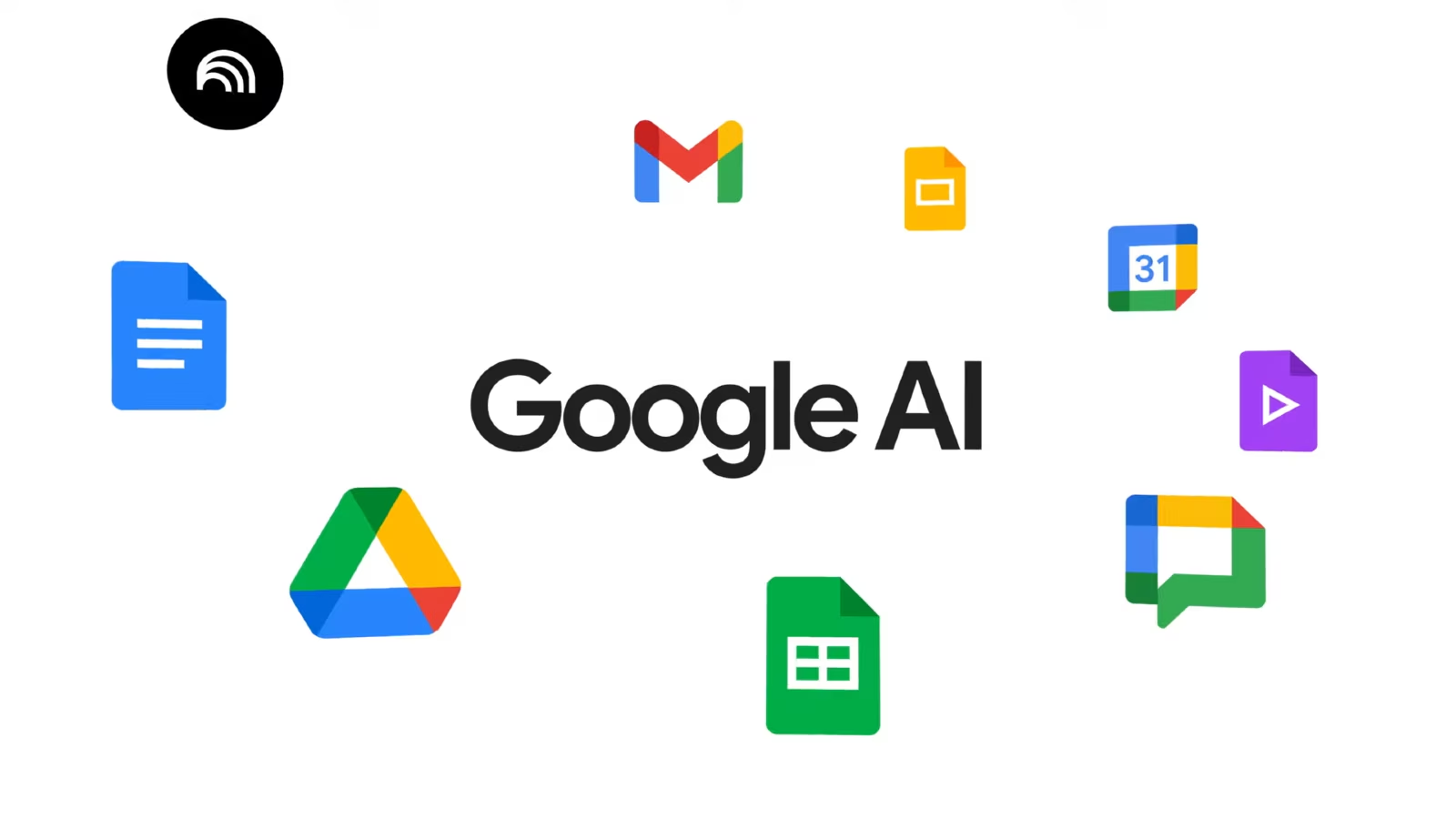




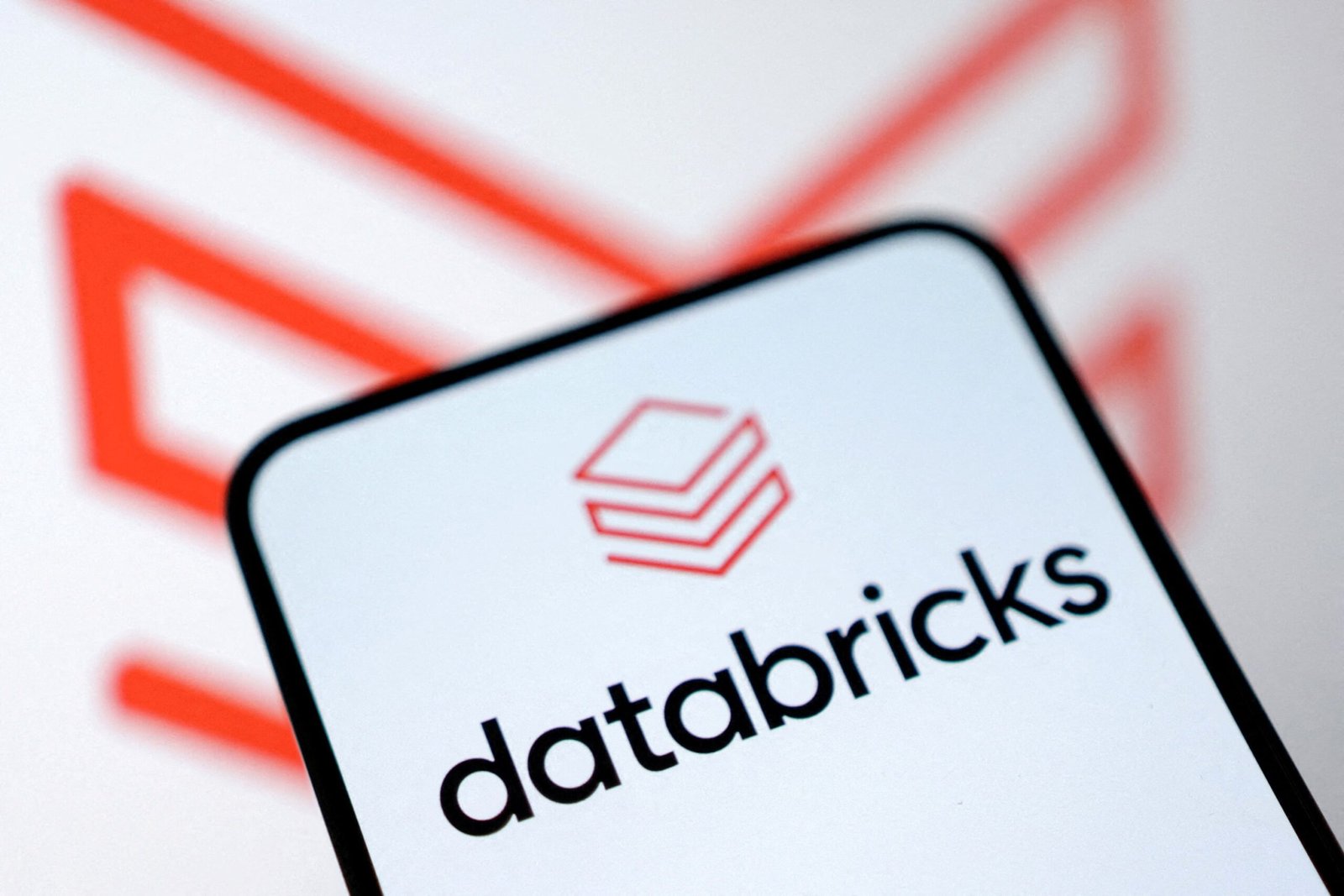

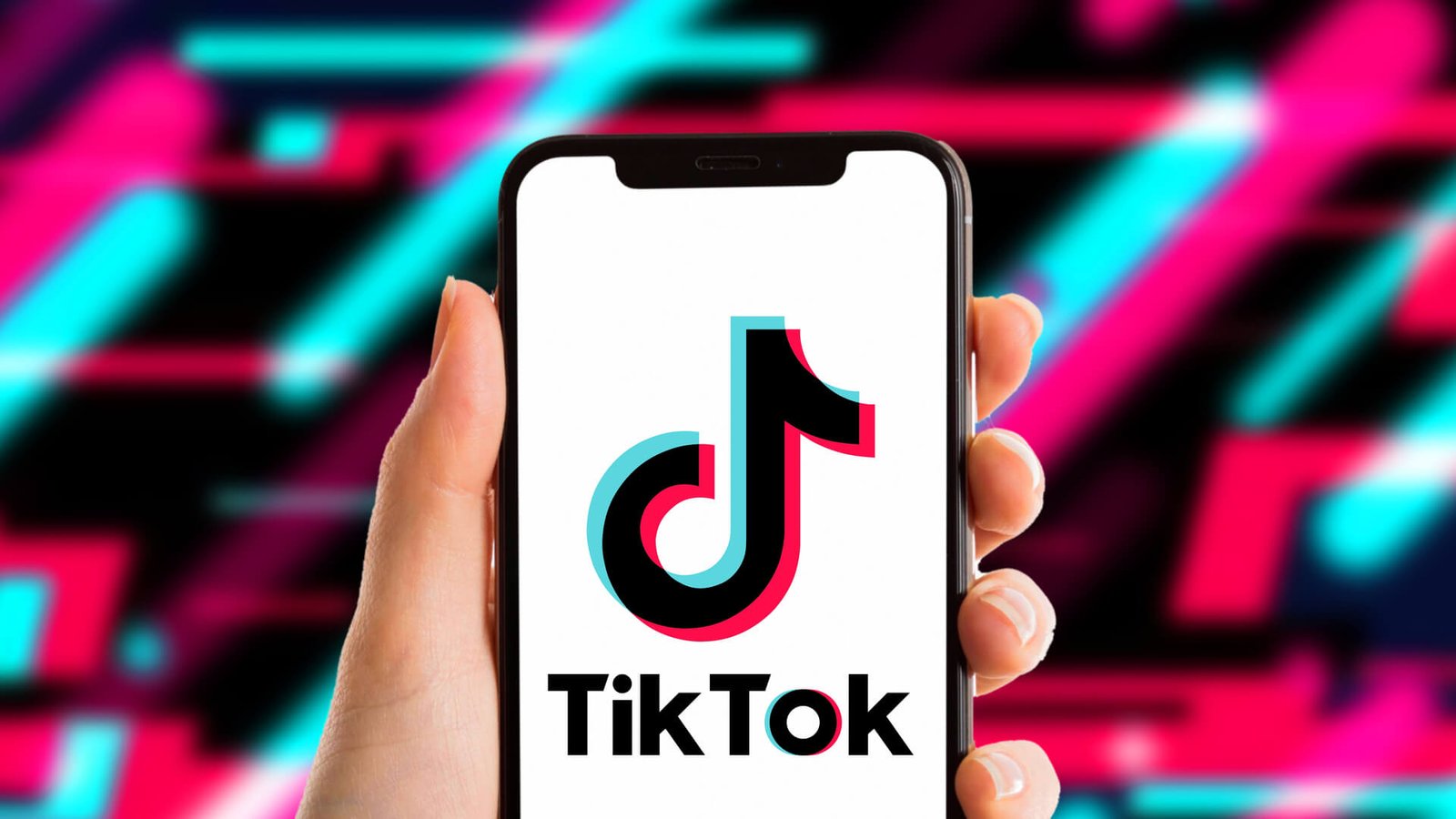










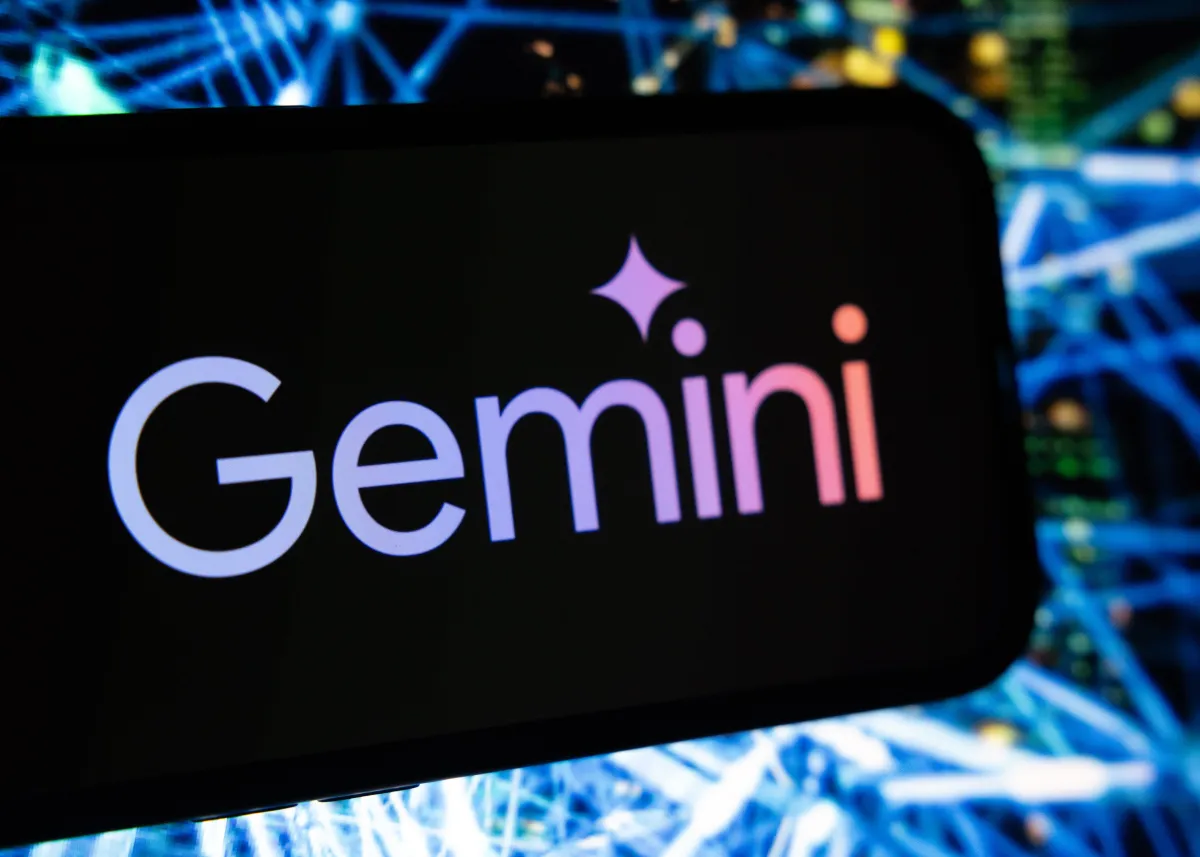

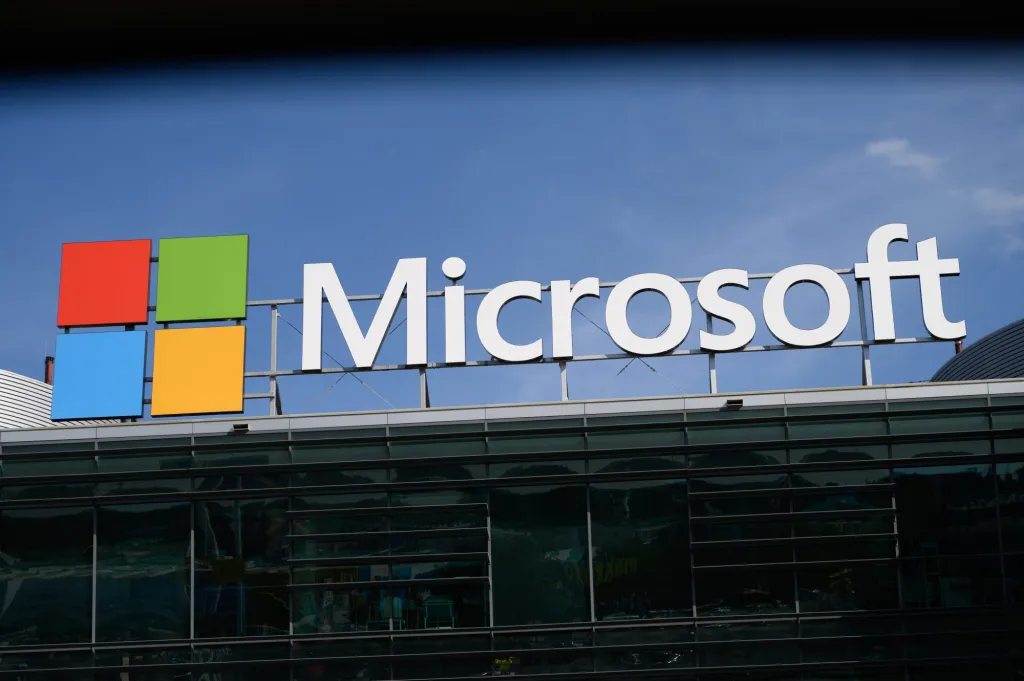

RichardLuche
Dating websites provide a innovative approach to connect people globally, combining intuitive tools like profile galleries and compatibility criteria.
Key elements include video chat options, social media integration, and personalized profiles to streamline connections.
Smart matching systems analyze behavioral patterns to suggest compatible matches, while account verification ensure trustworthiness.
https://materiascritta.com/dating/why-hentai-is-more-than-just-cartoon-porn/
Leading apps offer premium subscriptions with exclusive benefits , such as unlimited swipes , alongside real-time notifications .
Whether seeking long-term relationships, these sites cater to diverse needs , leveraging AI-driven recommendations to foster meaningful bonds.
RichardLuche
Dating websites provide a innovative approach to connect people globally, combining intuitive tools like photo verification and interest-based filters .
Core functionalities include secure messaging , geolocation tracking , and personalized profiles to streamline connections.
Smart matching systems analyze behavioral patterns to suggest compatible matches, while privacy settings ensure safety .
https://rampy.club/dating/the-shift-toward-authentic-adult-content/
Leading apps offer premium subscriptions with exclusive benefits , such as priority in search results, alongside real-time notifications .
Whether seeking casual chats , these sites adapt to user goals, leveraging community-driven networks to foster meaningful bonds.
KevinGet
Нужно найти информацию о пользователе? Наш сервис предоставит детальный отчет мгновенно.
Используйте продвинутые инструменты для поиска цифровых следов в открытых источниках.
Узнайте контактные данные или интересы через автоматизированный скан с гарантией точности .
глаз бога тг бесплатно
Бот работает с соблюдением GDPR, обрабатывая общедоступную информацию.
Закажите расширенный отчет с геолокационными метками и списком связей.
Доверьтесь надежному помощнику для digital-расследований — результаты вас удивят !
Jerryliage
Back then, I believed medicine was straightforward. The system moves you along — nobody asks “what’s really happening?”. It felt official. Then cracks began to show.
Then the strange fog. I blamed my job. And deep down, I knew something was off. I searched forums. The warnings were there — just buried in jargon.
fildena strong 120 mg
That’s when I understood: one dose doesn’t fit all. The reaction isn’t always immediate, but it’s real. Side effects hide. Still we trust too easily.
Now I pay attention. Not because I’m paranoid. I track everything. Not all doctors love that. This is survival, not stubbornness. The lesson that stuck most, it would be keyword.
TtyaBom
Портал предлагает рецепты с расчетом времени на каждый этап. Это помогает точно планировать процесс приготовления, особенно когда готовишь несколько блюд.
Сайт titaya.kherson.ua
ThomasZooxy
Les modèles connectées intègrent des technologies innovantes en fitness .
Dotées de GPS précis et de moniteur cardiaque , elles répondent à tous niveaux.
L’autonomie atteint jusqu’à 14 jours selon le modèle, parfaite pour activités intenses .
montres golf Garmin
Les fonctions santé analysent le sommeil ainsi que les calories, aidant à global .
Intuitives pour personnaliser, elles s’adaptent facilement dans votre vie, avec une interface intuitive .
Choisir Garmin c’est profiter de une technologie éprouvée dans la gestion de vos performances .
ErnestVet
Bilinçli casino oynamak , riskleri azaltır.
Oyun bütçenizi önceden belirlemek , kontrolü tutmaya olanak tanır.
Hesabınızı hariç tutma araçlarını kullanmak, sorunları engellemenize destek olur .
Alevtr Casino
Bahislerin etkilerinin farkında olmak, dengeli katılım sağlar .
Erken aşamada danışmanlık hizmeti danışmak, keyfi çözmeye yardımcı olur .
Bu önlemler, sorumluluk dolu bahis süreci keyfini maksimize eder.